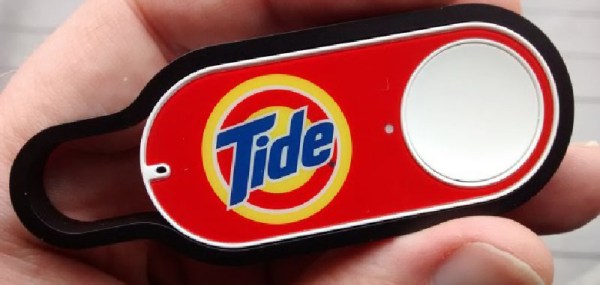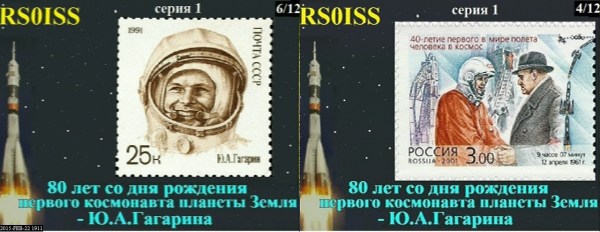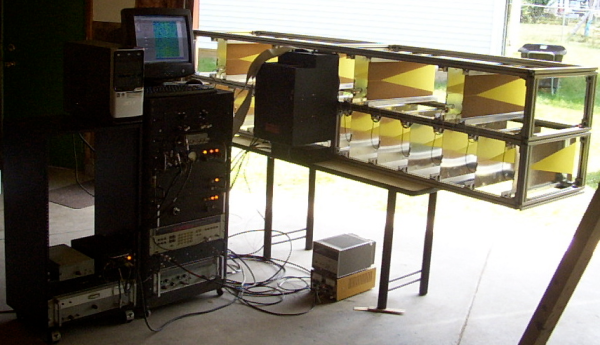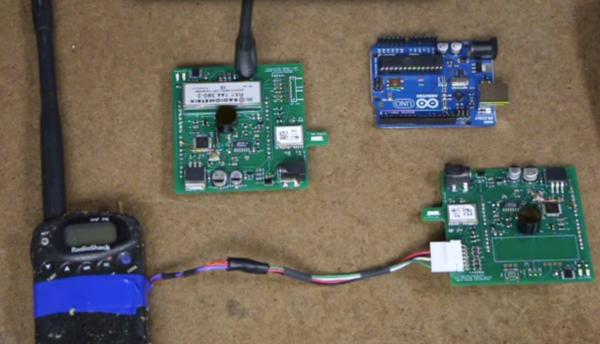For one weekend in May, the landscape of Dayton, Ohio is dominated by ham radio operators. The Dayton Hamvention (“ham-convention”), sponsored by the Dayton Amateur Radio Association, is the preeminent gathering of hams from around the world. This is where industry rolls out new products, friends gather to catch-up, and old equipment is “re-distributed” amongst willing parties in the sprawling swap meet which subsumes the entire Hara Arena parking lot where you can find almost anything and meet some of the most interesting people.
Radio Hacks1445 Articles
Inside The Amazon Dash Button
The Amazon Dash Button is a tiny WiFi-enabled device that’s a simple button with a logo on the front. If you get the Tide-branded version, simply press the button and a bottle of laundry detergent will show up at your door in a few days. Get the Huggies-branded version, and a box of diapers will show up. Get the sugar-free Haribo gummi bear-branded version, and horrible evil will be at your doorstep shortly.
[Matt] picked up one of these Dash Buttons for 99 cents, and since a button completely dedicated to buying detergent wasn’t a priority, he decided to tear it apart.
The FCC ID reveals the Amazon Dash Button is a WiFi device, despite rumors of it having a Bluetooth radio. It’s powered by a single AA battery, and [Matt] posted pictures of the entire board.
Since this piece of Amazon electronics is being sold for 99 cents, whatever WiFi radio chip is inside the Dash Button could be used for some very interesting applications. If you have an idea of what chips are being used in [Matt]’s pictures, leave a note in the comments.
FCC Creates Innovation Radio, The Future Of Wireless Broadband
Thirty years ago there was a lot of unused spectrum in the 900MHz, 2.4GHz, and 5.2GHz bands. They were licensed for industrial, scientific, and medical uses since their establishment in 1947. But by the 1980s, these bands were identified as being underused. Spectrum is a valuable resource, and in 1985, the FCC first allowed unlicensed, spread spectrum use of these bands. Anyone who has ever configured a router will know the importance of this slice of spectrum: they’re the backbone of WiFi and 4G. If you’re not connected to the Internet through an Ethernet cable, you have the FCC Commissioners and chairpersons in 1985 to thank for that.
Last week, the FCC unanimously voted to allow the use of spectrum in the 3.5GHz band with the Citizens Broadband Radio Service. This opens up 150 MHz of spectrum from 3550 – 3700MHz for new wireless broadband services. If history repeats itself, you will be connecting to the Internet with the Citizens Broadband Radio Service (CBRS) in a few years.
While the April 17th FCC meeting was the formal creation of the CBRS, this is something that has been in the works for a very long time. The band was originally proposed back in 2012 when portions of spectrum were, like the ISM bands back in the 80s, identified as being underused. Right now, the 3.5GHz band is being used for US military radars and aeronautical navigation, but new advances in frequency management as outlined by commissioner [Clyburn] will allow these to coexist with the CBRS. In the words of Chairman [Wheeler], “computer systems can act like spectrum traffic cops.”
Access to the 3.5GHz spectrum will be divided into three levels. The highest tier, incumbent access, will be reserved for the institutions already using it – military radars and aeronautical radio. The second tier, priority access, will be auctioned and licensed by the FCC for broadband providers via Priority Access Licenses (PALs). The final tier, general authorized access, will be available for you and me, provided the spectrum isn’t already allocated to higher tiers. This is an unprecedented development in spectrum allocation and an experiment to see if this type of spectrum allocation leads to more utilization.
There are, however, unanswered questions. Commissioner [O’Rielly] has said the three-year license with no renewable expectancy could limit commercial uptake of PALs. Some commentors have claimed the protocols necessary for the CBRS to coexist with WiFi devices does not exist.
Still, the drumbeat demanding more and more spectrum marches on, and 2/3rds of the 150MHz made available under this order was previously locked up for the exclusive use of the Defense Department. Sharing spectrum between various users is the future, and in this case has the nice bonus of creating a free citizens band radio service.
You can read the full order here, or watch the stream of the April 17th meeting.
TV Broadcasts From Outer Space
According to ARISS (Amateur Radio on the International Space Station), the ISS will be sending us images using slow-scan TV on April 11th in honor of Russian cosmonaut Yuri Gagarin’s birthday. Tune in and you’ll get to see 12 different commemorative images from space, and of course bragging rights that you directly received them with your radio setup.
For those who aren’t Ham radio types, slow-scan TV (SSTV) is a radio mode where the pixels in an image are sent by encoding the brightness and/or color as a tone, a lot like a modem, fax machine, or the data cassette tapes of yore.
The ISS uses PD-180 which is a color mode where each pixel’s red, green, and blue values are encoded in a pitch between 1500 and 2300 Hz. Each image takes just over three minutes to transmit, meaning you’ll have to track the ISS pretty well as it travels across the sky. But don’t fret, they send each message for around an hour, so you have a good chance to receive it. (We’ll be the first to admit that a frame rate of one frame in 187 seconds isn’t really “TV”, but that’s what they call it.)
SSTV’s use in the space program goes back even before the moon landing, but with modern software-defined radio setups, it all becomes a lot more convenient to receive. The ISS folks do this periodically as a service to the amateur radio community, so it’s a good time to try out your chops.
We’ve covered ARISS before, but Yuri’s birthday is always a good reason to celebrate the folks out there. And if you need a reminder of when to look up, this hack right here has you covered.
If you do receive some images, you can upload them to the ARISS Gallery. Or you can just hit refresh to see them as others post them up.
Build A Phased-Array Radar In Your Garage That Sees Through Walls
Until recently phased array radar has been very expensive, used only for military applications where the cost of survival weighs in the balance. With the advent of low-cost microwave devices and unconventional architecture phased array radar is now within the reach of the hobbyist and consumer electronics developer. In this post we will review the basics of phased-array radar and show examples of how to make low-cost short-range phased array radar systems — I built the one seen here in my garage! Sense more with more elements by making phase array your next radar project.
Phased array radar
In a previous post the basics of radar were described where a typical radar system is made up of a large parabolic antenna that rotates. The microwave beam projected by this antenna is swept over the horizon as it rotates. Scattered pulses from targets are displayed on a polar display known as a Plan Position Indicator (PPI).
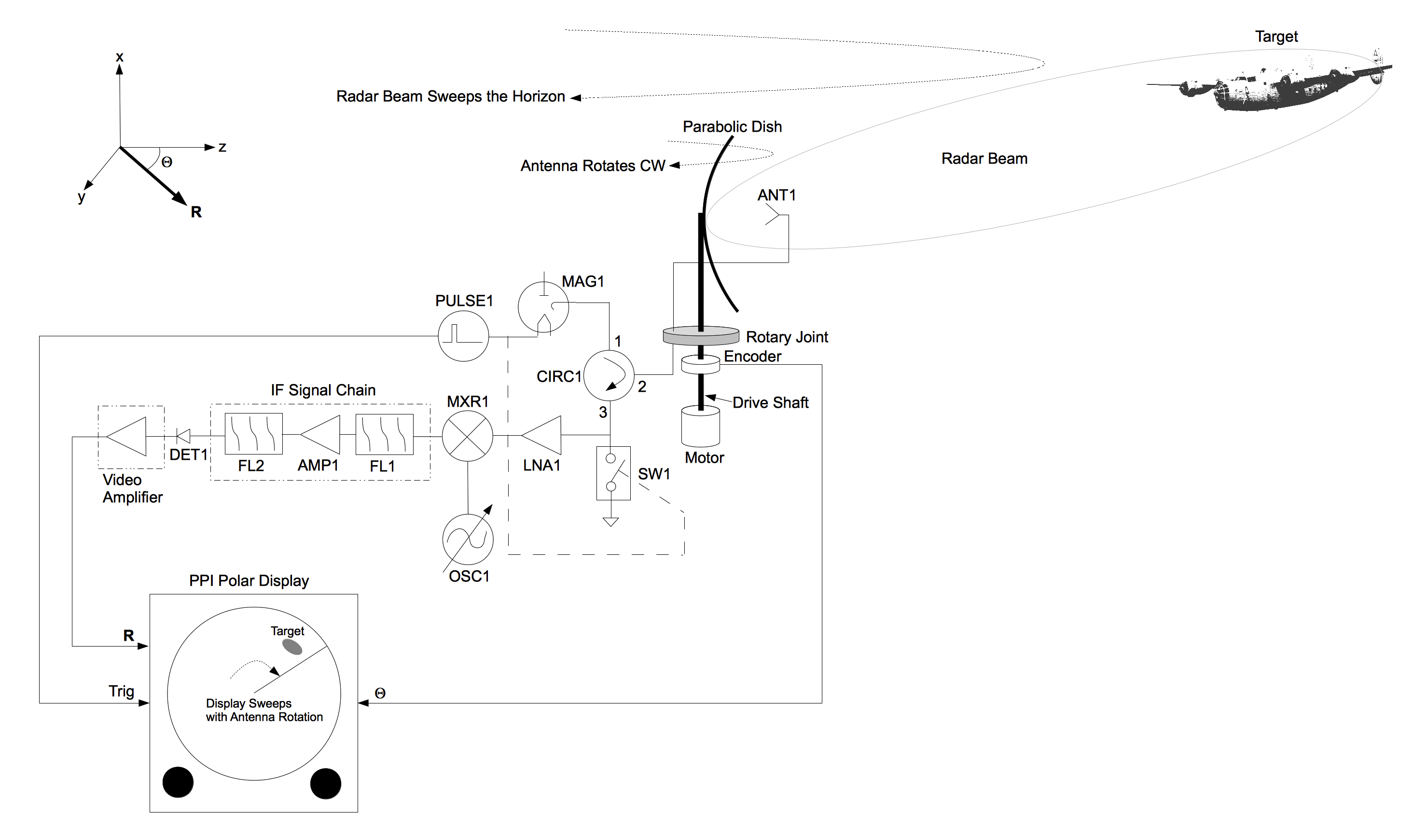
In a phased array radar (PDF) system an array of antenna elements are used instead of the dish. These elements are phase-coherent, meaning they are all phase-referenced to the same transmitter and receiver. Each element is wired in series with a phase shifter that can be adjusted arbitrarily by the radar’s control system. A beam of microwave energy is focused by applying a phase rotation to each phase shifter. This beam can be directed anywhere within the array’s field of view. To scan the beam rotate the phases of the phase shifters accordingly. Like the rotating parabolic dish, a phased array can scan the horizon but without the use of moving parts.
Continue reading “Build A Phased-Array Radar In Your Garage That Sees Through Walls”
Transmitting HD Video From A Raspberry Pi
It’s been a few years since the RTL-SDR TV Tuner dongle blew up the world of amateur radio; it’s a simple device that listens in on digital television frequencies, but it’s one of those tools that’s just capable enough to have a lot of fun. Now, we have a transmitting dongle. It’s only being used to transmit live HDTV from a Pi, but that in itself is very interesting and opens up a lot of possible builds.
The key piece of hardware for this build is a UT-100C DVB-T modulator. It’s a $169 USB dongle capable of transmitting between 1200-1350 MHz, and with a special edition of OpenCaster it’s possible to transmit over-the-air TV. There’s no amplifier, so you won’t be sending TV very far, but it does work.
On the Raspberry Pi side of the build, the standard camera captures H.264 video with raspivid, which is converted to a DVB compliant stream using ffmpeg. These are well-worn bits of software in the Raspberry Pi world, and OpenCaster takes care of the rest.
While this seems like the perfect solution to completely overbuilt quadcopters, keep in mind transmitting on the 23cm band does require a license. Transmitting in the UHF TV bands is a bad idea.
APRS Tracking System Flies Your Balloons
Looking for a way to track your high-altitude balloons but don’t want to mess with sending data over a cellular network? [Zack Clobes] and the others at Project Traveler may have just the thing for you: a position-reporting board that uses the Automatic Packet Reporting System (APRS) network to report location data and easily fits on an Arduino in the form of a shield.
The project is based on an Atmel 328P and all it needs to report position data is a small antenna and a battery. For those unfamiliar with APRS, it uses amateur radio frequencies to send data packets instead of something like the GSM network. APRS is very robust, and devices that use it can send GPS information as well as text messages, emails, weather reports, radio telemetry data, and radio direction finding information in case GPS is not available.
If this location reporting ability isn’t enough for you, the project can function as a shield as well, which means that more data lines are available for other things like monitoring sensors and driving servos. All in a small, lightweight package that doesn’t rely on a cell network. All of the schematics and other information are available on the project site if you want to give this a shot, but if you DO need the cell network, this may be more your style. Be sure to check out the video after the break, too!


